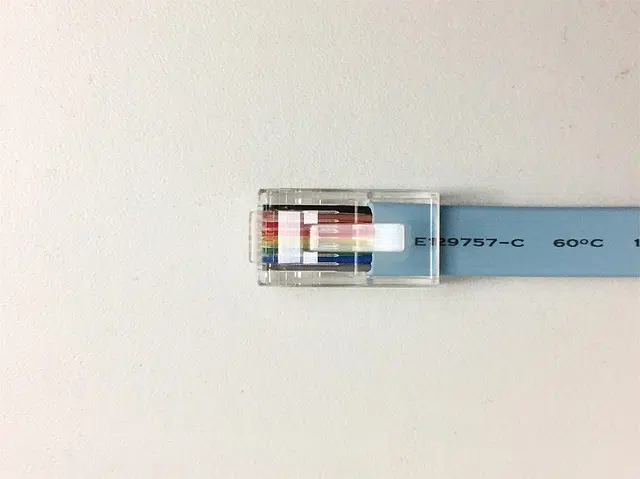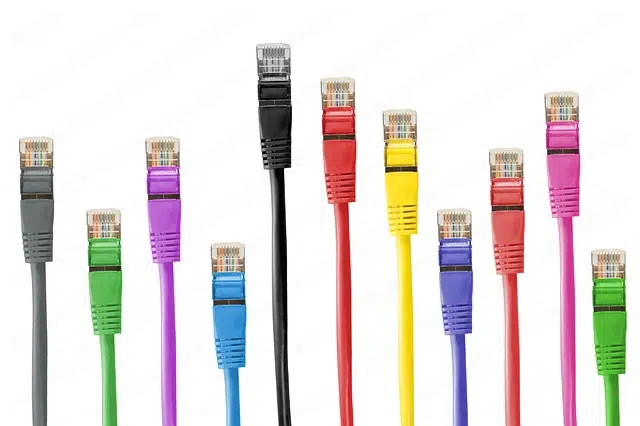
UTP is the acronym for Unshielded Twisted Pair.
A cable is a cord that is protected by some kind of coating and that allows it to conduct electricity or different types of signals. The cables are usually made of aluminum or copper.
UTP , on the other hand, is an acronym that stands for Unshielded Twisted Pair . UTP cable , therefore, is a type of cable that is not shielded and is usually used in telecommunications .
History of UTP cable
Twisted pair cable was created by the British Alexander Graham Bell (1847-1922). It is a connection path with a pair of electrical conductors intertwined in such a way as to eliminate crosstalk from other cables and interference from external media.
After the invention of the telephone , its wiring shared the same route with electrical power lines. However, interference occurred that shortened the distance of telephone signals.
To avoid this, engineers began crossing the cables every few poles, so that both cables received similar electromagnetic interference. Beginning in 1900 , twisted pair cables were installed throughout the North American network .
Color code
The system used to identify a conductor in telecommunications cabling with UTP cables is known as “25-pair color code.” The first grouping of colors follows the order white-red-black-yellow-violet, while the second chromatic group is blue-orange-green-brown-gray.
The most common subset of these colors is white-orange, orange, white-green, blue, white-blue, green, white-brown, and brown.

UTP cable is used to establish network connections.
Of the cables that have four pairs of braids, only two are usually used: one that sends information and another that receives it. However, both tasks cannot be performed simultaneously, so the connection type is considered half duplex . When, however, all four are used at the same time, these jobs can be carried out in parallel, and this is known as full duplex .
Disadvantages and advantages of UTP cable
Among the limitations of the UTP cable are its limited effectiveness when trying to connect very remote points, transmission bandwidth and speed. Furthermore, both interference and noise coming from the medium through which the cable passes influence the quality of communication, so it is necessary, in addition to the coating and the braiding technique, to amplify the signal every certain number of kilometers. , which is an average of 2.5 in the case of a digital connection and double that for an analogue one.
On the other hand, as strong points of UTP cables, it is worth noting that they are economically accessible and that their implementation is simple and effective to solve many of the problems that basic communication networks present.
Differences with other cables
UTP cables are often confused with other similar cables, which are based on the same technologies , but which present important differences. With also very similar nomenclatures, the three types of cables in question are:
* UTP, itself, which is used in different types of local connections. Their manufacture is not expensive and they are simple to use, although one of their disadvantages is the greater occurrence of failures than in other types of cables, as well as their poor performance when the distance is considerable and the signal is not regenerated;
* STP, or shielded twisted pair, which does have an insulating coating to protect the transmission from potential interference. Its uses include Ethernet and Token Ring computer networks and it is worth mentioning that its price is higher than that of UTP;
* FTP, or globally shielded twisted pair, which are cables protected against interference in a much more effective way than UTP.
